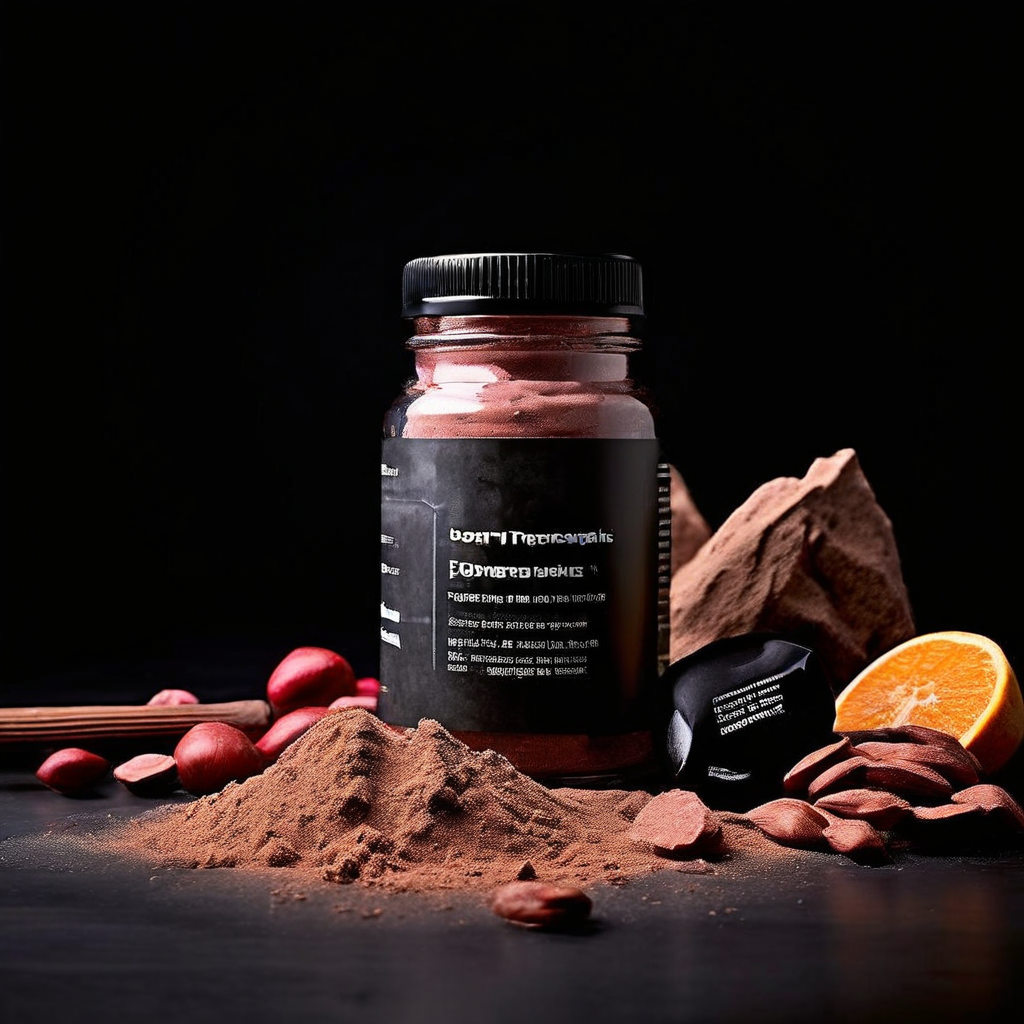Berberine can cause DNA damage through oxidative stress, mitochondrial dysfunction, and cell cycle arrest. These effects are dose-dependent and raise safety concerns.
Berberine, a compound found in various herbs, has been studied for its health benefits. It shows promise in treating metabolic disorders, neurodegenerative diseases, and cancer. However, its potential to cause DNA damage is a critical issue.
Oxidative Stress and DNA Damage
Berberine induces DNA damage primarily through oxidative stress. Reactive oxygen species (ROS) are highly reactive molecules that damage cellular components, including DNA. Studies show that berberine increases ROS levels, leading to oxidative DNA damage.
A study in Cell Death & Disease found that berberine at 10 or 20 μM for 48 hours caused significant DNA strand breaks in ovarian cancer cell lines A2780 and HO8910. The study used an alkaline comet assay to measure the damage (Hou et al., 2017). Elevated levels of γ-H2AX, a marker of double-strand breaks (DSBs), were also observed. The antioxidant N-acetylcysteine (NAC) reduced these effects, suggesting ROS are partly responsible.
Mitochondrial Dysfunction
Berberine affects mitochondrial function, leading to increased oxidative stress and DNA damage. A study in Scientific Reports examined berberine’s effects on leukemic cells from chronic lymphocytic leukemia (CLL) patients. The study found that berberine caused mitochondrial dysfunction, decreased ATP production, and increased oxidative stress. This mitochondrial impairment was linked to increased DNA damage and cell death (Lin et al., 2020).
Cell Cycle Arrest and Apoptosis
Berberine induces cell cycle arrest and apoptosis, contributing to DNA damage. A study on L929 murine fibroblast cells found that berberine caused cell cycle arrest at the G2/M phase, increased ROS levels, and significant DNA damage, measured by an alkaline comet assay (PMC4609833). Higher concentrations of berberine (above 0.1 mg/mL) altered cell morphology and increased apoptosis rates.
Dose-Dependent Effects
The extent of DNA damage caused by berberine is dose-dependent. Lower concentrations may not cause significant damage, while higher concentrations can lead to substantial genetic damage. The study on L929 cells found no significant DNA damage at 0.0025 mg/mL, but significant damage at 0.0125 mg/mL and above (PMC4609833).
Implications for Cancer Therapy
Berberine’s DNA-damaging effects have potential therapeutic benefits in cancer treatment. By inducing DNA damage and impairing DNA repair mechanisms, berberine can sensitize cancer cells to other treatments, such as PARP inhibitors. A study in Cell Death & Disease found that berberine increased the sensitivity of ovarian cancer cells to the PARP inhibitor niraparib, regardless of the cells’ intrinsic homologous recombination repair (HRR) status (Hou et al., 2017).
Safety and Toxicity Concerns
While berberine’s DNA-damaging effects may benefit cancer therapy, they raise safety and toxicity concerns for other uses. High doses of berberine have been linked to cytotoxicity and adverse effects. A review in Current Medicinal Chemistry highlighted potential adverse effects of high doses, including DNA damage and cell apoptosis (Gasmi et al., 2024).
Key Takeaways
- Berberine can cause DNA damage.
- Oxidative stress and mitochondrial dysfunction are key mechanisms.
- Effects are dose-dependent.
- Potential benefits in cancer therapy.
- Safety concerns for other uses.
Summary
Berberine can cause DNA damage through oxidative stress, mitochondrial dysfunction, and cell cycle arrest. These effects are dose-dependent and raise safety concerns. While this property may be useful in cancer therapy, it also poses risks for other health applications. Further research is needed to optimize its therapeutic use and minimize adverse effects. Berberine’s dual nature as both a potential therapeutic agent and a source of DNA damage makes it a compound of significant interest and concern.



